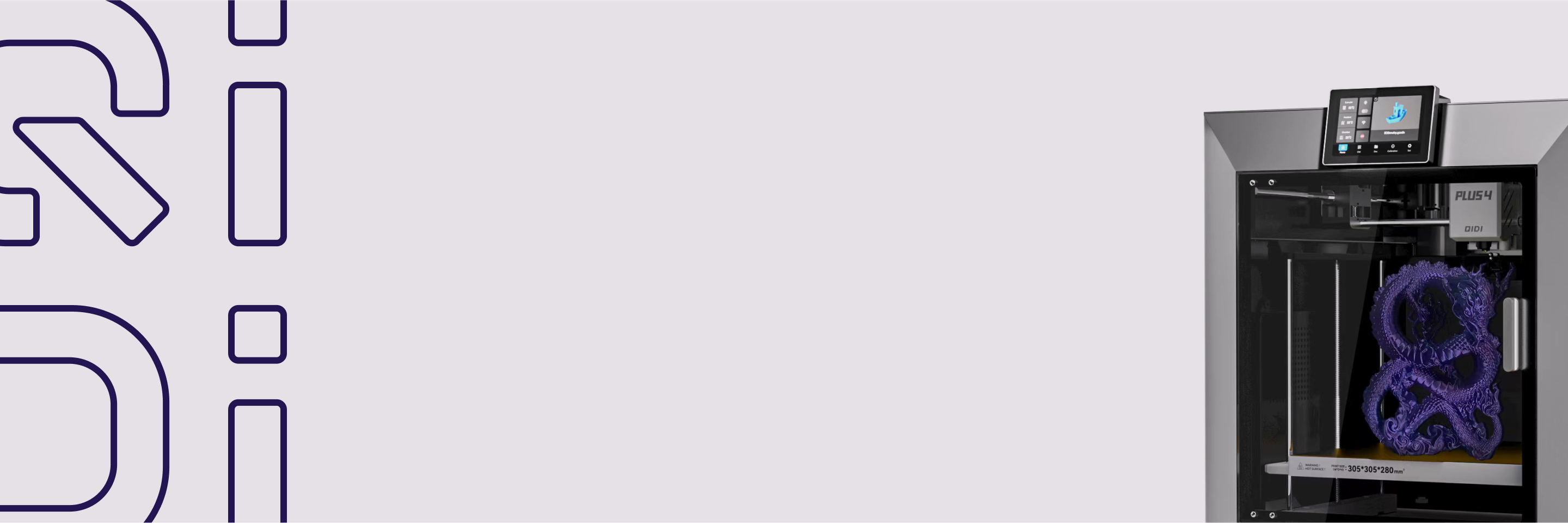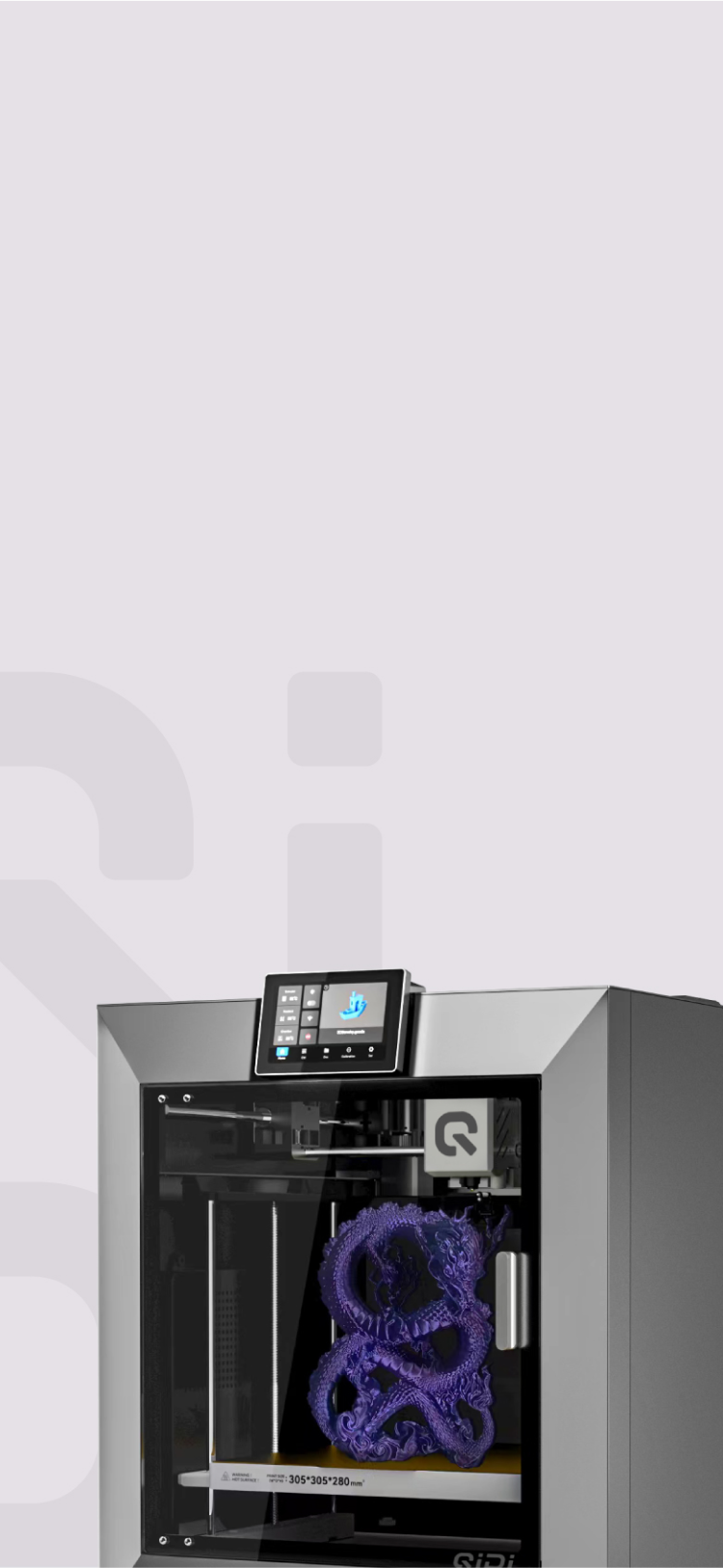Can 3D Printing Consumables Be Reused? A Practical Guide for Filaments


Quick Answer
Yes, most FDM 3D printing filaments can be reused if you define clear boundaries and verify quality. PLA and PETG re-enter service with minimal conditioning. Nylon, including carbon-fiber blends, needs thorough drying and a quick test print before real work. For load-bearing or safety-critical parts, stick with fresh material.
Half-used spools, purge towers, and failed parts create clutter and cost. Makers want leaner material spend without trading away reliability. Teams want a repeatable way to bring leftovers back into production. Reuse can deliver that. Treat it as a controlled process with simple checks, not a guess, and you’ll cut waste while keeping prints consistent for everyday 3D printing jobs.
Decide What’s Worth Reusing
Not every roll or offcut deserves another run. Decide by pairing material behavior with part criticality. That single move prevents most headaches.
A quick look across different types of 3D printer filament:
| Material | Reuse fit | Key cautions |
| PLA | Strong candidate for cosmetic parts, jigs, fixtures | Watch for brittle snap on old spools; avoid high-heat uses |
| PETG | Good for covers, enclosures, internal features | Moisture raises stringing and hazy surfaces; dry before tuning |
| ABS / ASA | Viable for non-thin, non-wide parts | Warping risk on large flat panels; ensure chamber control |
| Nylon (incl. filled) | Possible after disciplined drying and testing | Highly hygroscopic; bubbles and weak layers if printed wet |
| TPU | Tolerant for bumpers and protective sleeves | Moisture increases stringing; dimension drift on fine features |
- Diameter and roundness: spot-check at several points. Large swings forecast inconsistent flow; reserve for non-critical roles.
- Moisture signs: popping sounds, steam-like wisps, cloudy layers. Dry before any further test.
- Brittleness: gentle bend of a short strand. If it snaps at room temperature, demote it to non-functional uses or recycle.
Rate the part as well. Exterior skins, inner walls, infill, covers, and shop fixtures welcome reused stock. Structural components, tight snap-fits, high-temperature parts, and safety-relevant features deserve fresh runs.

Reuse 3D Printing Filament Step by Step
A short loop keeps reuse predictable. First return the filament to a stable state, then prove it on a small print, then make light profile corrections. After that, deploy it where it makes sense.
Dry It Right
Moisture is the number-one spoiler. For PLA 3D printing filament, a gentle dry often restores gloss and clean layers. PETG benefits from a longer session due to moderate hygroscopicity. Nylon 3D printing filament needs disciplined time and temperature in a proper dryer or heated box, then sealed storage until print time. Label the spool with the last dry date so you know its condition at a glance.
Test With a Quick Coupon
Print a 20–30 minute coupon that includes a bridge, a 45–60° overhang, a through-hole, and a thin wall. Inspect four items: surface clarity, bridge sag, hole fit, and thin-wall toughness. If the coupon clears your expectations, the spool can enter production. If not, you know exactly where to adjust.
Tune For Consistency
- Nudge the flow a few points to match the nominal wall thickness.
- Adjust the nozzle and bed temperature slightly to improve bonding and top layers.
- Set layer height and wall count to a stable pair for the job at hand.
- Refine retraction to control stringing after drying.
Extra tactics that raise yield, especially for leftover tails:
- Splice short end-of-spool segments or chain rolls so meters near the core do not go to waste.
- Route purge into infill or sacrificial inner walls to reduce stand-alone towers.
- Re-extrude only when you have volume and a way to screen for diameter and contamination. Use that output for internal features first.
- Upcycle failed prints into shims, drill guides, cable clips, and shop fixtures instead of tossing them.
Make Reuse Work on Real Jobs
A bit of project planning decides whether reused stock helps or hurts. Set placement, acceptance, timing, and traceability, and it behaves like any other controlled input.
- Place where it thrives. Assign reused filament to infill, inner walls, decorative covers, and fixtures. Keep high-stress paths, tight fits, and high-heat parts on fresh material.
- Write acceptance rules. Define clear gates: no bubbling or burnt streaks, key holes and slots within your team’s tolerance band, bridges hold shape, and light bends show no whitening cracks.
- Mind the schedule. Print soon after conditioning. Avoid long open-air gaps between drying and the job. If possible, run reuse jobs earlier in the queue.
- Leave a clear trail. Record dry settings, ambient humidity, final profile values, and a photo of the coupon on the job card. Next time the spool comes out, you are not starting over.
Done well, project planning turns reused stock from a gamble into a stable input. The next step is keeping that stability with daily habits. Build small routines for storage, maintenance, and review so reuse keeps paying off when schedules tighten.

Build Habits That Keep Reusing Reliable
Short, repeatable routines lower variation and keep printers available during busy stretches. Start with simple habits, then track results so the process improves over time.
Everyday Actions
| Habit | Why it helps |
| Seal spools and rotate desiccant | Keeps moisture swings out of the process, critical for nylon |
| Clean the extrusion path and replace wear parts | Prevents intermittent clogs and under-extrusion |
| Use FIFO with clear labels | Reduces uncertainty from long-opened rolls and speeds setup |
Numbers to Review Each Month
- Waste volume and meters reclaimed
- Reuse ratio and print success rate
- Rework count on critical parts
When to Stop Reusing
If a spool stays brittle after drying or still pops and leaves voids, divert it to re-extrusion or non-functional use instead of burning machine time. Clear retirements protect quality and free capacity for paid work.
Start Reusing 3D Printing Filament Today
Filament reuse pays off when it follows a light process. Stabilize the material, prove it on a small print, and place it where it adds value with low risk. Keep brief notes and simple metrics so every future run starts on solid ground. Do this consistently and 3D printing costs fall, clutter shrinks, and everyday output remains as dependable as you expect.
5 FAQs about Filament Management
Q1. How can I tell if a partial roll is enough for a job?
Weigh the spool, subtract the empty-spool weight, and compare the remaining grams to your slicer’s estimate for the part. Add a 10% safety margin. If the margin is tight, print infill-heavy sections first or switch to a chained backup roll.
Q2. How do I keep nylon dry during printing, not only before it?
Feed directly from a sealed drybox with active desiccant and a short PTFE path to the extruder. Use humidity cards in the box, refresh desiccant regularly, and avoid open-air gaps. If popping sounds return mid-print, pause and re-dry the spool.
Q3. What if my filament has dust or pet hair on it?
Install a dry filament wiper made from foam or felt near the extruder. Avoid oils or solvents that can weaken bonding. Trim visibly contaminated sections, clean the drive gear, and replace scratched PTFE guides. A simple in-line dust filter prevents recurring jams.
Q4. Can I splice different colors of the same material for one print?
Yes, for non-cosmetic or internal regions. Keep the base polymer identical and temperatures similar. Test a short splice for pull strength and extrusion smoothness. Expect a visible seam on outer walls; hide transitions inside infill or behind features that will be sanded.
Q5. How should I label reused filament so the results repeat next time?
Use a small tag with polymer, dry date, baseline profile, coupon outcome, and intended use (infill, inner walls, fixtures). Add a QR code to a shared log. Simple color dots help: green for production-ready, yellow for limited use, red for recycle.


 Q2
Q2
 QIDI Box
QIDI Box
 Plus 4
Plus 4
 Q1 Pro
Q1 Pro
 X-Max 3
X-Max 3

